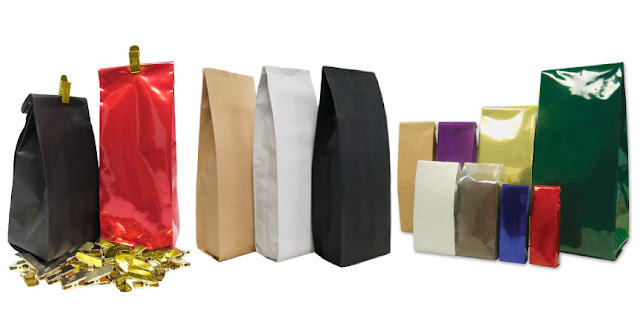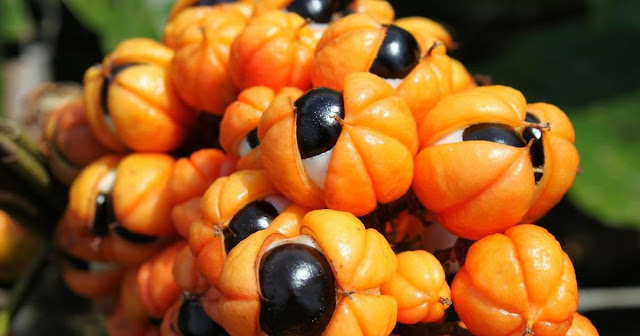Navigating the Viscose Staple Fiber Market: Trends, Challenges, and Opportunities
In an ever-evolving global textile industry, one material has steadily risen to prominence, driving innovation and sustainability while catering to diverse consumer preferences – Viscose Staple Fiber. This versatile and eco-friendly fiber has captured the attention of manufacturers, designers, and conscious consumers alike. In this blog, we delve into the intricacies of the Viscose Staple Fiber market, exploring its trends, challenges, and the promising opportunities it presents.
Understanding Viscose Staple Fiber
Viscose Staple Fiber, often
referred to as rayon, is a man-made fiber derived from natural sources,
predominantly wood pulp. The production process involves treating the pulp
chemically to create a fiber that is soft, smooth, and highly absorbent. This
gives rise to a fiber with a wide range of applications in the textile and
fashion industries, including clothing, home textiles, non-woven products, and
industrial uses.
Trends Shaping the Market
- Sustainable Fashion Revolution: With growing
concerns about the environmental impact of fast fashion, many consumers
are seeking sustainable alternatives. Viscose Staple Fiber fits the bill
perfectly, as it is biodegradable, renewable, and requires less water and
energy during production compared to other synthetic fibers.
- Innovation in Textile Production: Advancements
in technology have facilitated the development of innovative production
methods for Viscose Staple Fiber, resulting in fibers with improved
performance and quality. This has opened up new avenues for its
application in activewear, athleisure, and performance fabrics.
- Rising Demand for Comfort: Viscose Staple
Fiber offers a luxurious feel, making it a popular choice for fabrics that
prioritize comfort. Its softness and breathability make it ideal for
casual wear, loungewear, and undergarments.
- Customization and Blending: Manufacturers are
increasingly blending Viscose Staple Fiber with other fibers such as
cotton, polyester, and elastane to create fabrics with enhanced
properties. This blending offers designers a wide range of creative
possibilities to cater to various consumer needs.
Challenges to Overcome
- Sustainability Challenges: While Viscose
Staple Fiber is considered more sustainable than many synthetic
alternatives, there have been concerns about the environmental impact of
its production, particularly related to chemical usage and wastewater
management. Addressing these concerns and ensuring responsible sourcing
practices are crucial for the long-term viability of the Viscose
Staple Fiber Market.
- Competition from Synthetic Fibers: The market
for synthetic fibers remains significant due to their durability and lower
costs. Viscose Staple Fiber needs to continually demonstrate its unique
value proposition to remain competitive in a crowded marketplace.
- Supply Chain Complexities: The global supply
chain for Viscose Staple Fiber involves multiple stakeholders, from raw
material suppliers to manufacturers. Ensuring transparency and ethical
practices throughout the supply chain is a challenge that the industry
must address.
Opportunities on the Horizon
- Circular Fashion and Recycling: As the fashion
industry moves towards circularity, Viscose Staple Fiber can play a vital
role. Innovations in recycling technologies could enable the recovery and
reprocessing of used Viscose Staple Fiber, reducing waste and extending
its lifecycle.
- Green Consumerism: With a growing consumer
demand for sustainable products, Viscose Staple Fiber has the potential to
become a staple in eco-friendly fashion lines. Brands that embrace this
fiber and communicate its sustainable attributes effectively are likely to
attract environmentally-conscious consumers.
- Research and Development: Continued investment
in research and development can lead to the creation of Viscose Staple
Fiber variants with improved properties, such as enhanced strength,
dyeability, and reduced environmental impact.
The Viscose
Staple Fiber market is undergoing a transformative journey, driven by
evolving consumer preferences, technological advancements, and sustainability
imperatives. As the fashion and textile industries seek more responsible and
innovative solutions, Viscose Staple Fiber stands as a promising contender. To
realize its full potential, stakeholders must collaborate to address challenges,
drive innovation, and seize the abundant opportunities this fiber presents on
the path towards a more sustainable and vibrant textile future.




Comments
Post a Comment